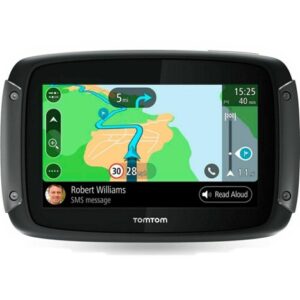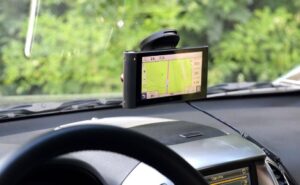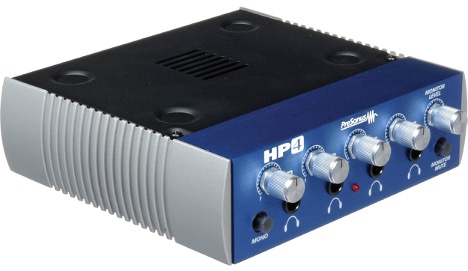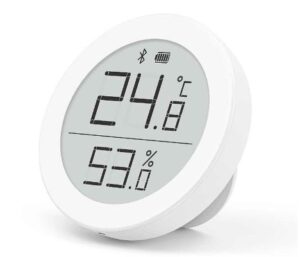Navigator: what is it, what is it for and how does it work
A navigator is a device that receives a signal from a satellite and converts it into the exact location of a point on a map diagram. It is a screen in a housing with a processor, storage device and module. You can learn about how the navigator works and how to choose it correctly from this article.
The content of the article
Operating principle and purpose
Understanding what a navigator is is quite simple. To do this, you need to understand what the device consists of:
- The basis – this is the motherboard, i.e. a microcircuit to which a storage device, a processor and the signal receiver itself are mounted - a GPS module. It is he who determines how the navigator works, what signals it receives from the satellite.
- Screen – almost always this is a touch display made using IPS or TFT technology.
- Battery - a battery similar to a telephone battery. The larger its size, the greater the capacity, and the longer the operating time in hours.
- Frame – a very important element by which you can understand how to choose a navigator for a car. It is usually made of plastic, but is now more often made of a rubberized material that protects the internal elements from moisture.

The operating principle of the device is quite simple. We can say about a navigator that it is a device based on a GPS module. It catches a signal from a space satellite, after which it analyzes the time indicated in it with the current time.By comparing data from 3-4 satellites in the same way, the navigator automatically determines the location. The same information is instantly displayed on a diagram (map) on the touch screen.
Before you figure out how to choose a navigator, you need to understand what it is for. The main purpose is to determine the exact location of the device and, accordingly, the car. The device also allows you to build a route on the map, which greatly facilitates the work of the driver, for example, in a taxi or cargo transportation service.
Tips for choosing
Now it’s clear how the navigator in the car works. Therefore, all that remains is to figure out how to choose the right device. Obviously, for this you need to study several parameters, the most important are described below.
Screen
We can say about a navigator that it is a device that displays location coordinates on the screen, as well as the optimal driving route. Therefore, it is important to purchase a model that has a wide enough screen. Acceptable diagonal sizes range from 4.3 to 7.0 inches. Moreover, there is no need to try to buy a large device either, since its dimensions will interfere with the driver’s visibility.
If you study how a GPS navigator works, you will understand that an important indicator is not only the size, but also the screen resolution. By default, this is 480*272 pixels, which is quite enough for a display with a diagonal of no more than 5 inches. If it is larger, it is worth considering the options 800*480 and even 1024*600 pixels.

Navigation program
You can also select a navigator by the software that is installed on it. Most often, navigation programs 2Gis, Garmin, ProGorod are installed on the device. There are other options:
- Navitel;
- 7 Roads;
- IGo;
- Navigator;
- Autosatellite.
Memory and processor
Since a GPS navigator is an electronics-based device, it is extremely important to take into account the memory and processor parameters. They directly affect productivity and speed. Typically, devices are equipped with a random access memory device with a capacity of 128-512 MB, less often up to 1 GB. The built-in memory is 1-4 GB, but it can be significantly increased using a memory card.
As for the processor, here you need to take into account the clock speed indicator - the higher it is, the better. Usually it is 500-1000 MHz, which is quite enough. But if Android OS is installed, it is desirable that the frequency be at the level of 1300-1500 MHz. These are the features of the navigator device on this operating system.
Device functionality
When choosing a model, it is not so important to know the operating principle of a GPS navigator as to become familiar with its functionality. It is best to choose devices with the following options:
- Possibility to download traffic data. This is usually done via Bluetooth, but there are devices with a built-in module and antenna.
- Equipping with a GLONASS receiver is a desirable but optional requirement. However, if you have to work in the north of Russia, it is better if there is such a module. It provides more accurate data in these regions - that's what a navigator is for.
- Voice prompts are a useful option that almost all models have. Voices the nearest important points, for example, a turn after 500 meters.
- FM transmitter is a device that allows you to connect the navigator to the car’s multimedia system (wireless communication). By setting them to the same frequency, voice prompts will be played by the car's own audio system.
- Multimedia, for example, mp3 player, video recorder, electronic book reader, video player and others.

Now it’s clear why you need a navigator. The device allows you to obtain fairly accurate location data, which is useful in both rural and urban areas. If you choose a high-quality model, it will last long enough and provide the driver with maximum comfort.





